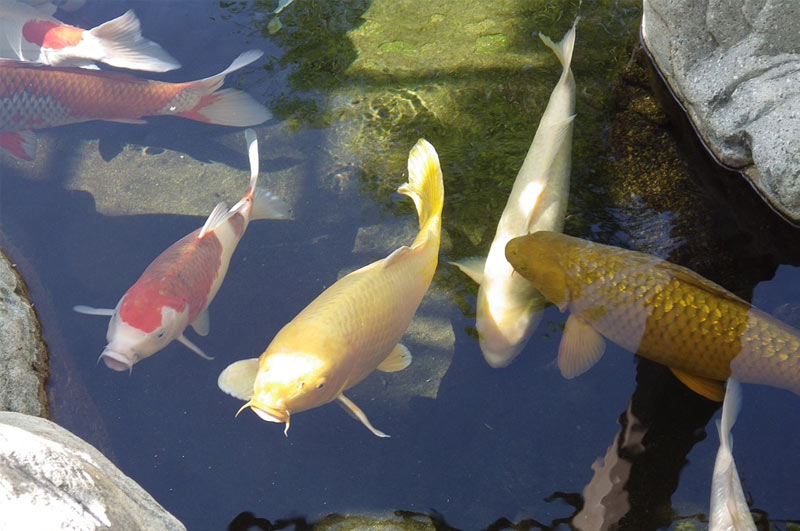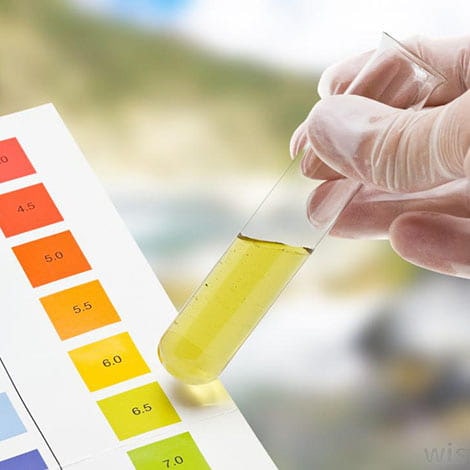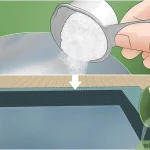Having a well-balanced pH level in your pond is essential for the health and well-being of your aquatic plants and fish. If the pH level is too high or too low, it can have detrimental effects on the pond ecosystem. In this comprehensive guide, we will explore the various methods and techniques for lowering the pH in your pond to maintain optimal conditions for your aquatic life.

Credit: landscapingbychuck.com
Understanding pH Levels in Ponds
pH is a measure of the acidity or alkalinity of a solution, and it is an important parameter to monitor in pond water. The ideal pH range for most pond fish and plants is between 6.5 and 8.5. When the pH level deviates from this range, it can lead to stress, illness, and even death in aquatic organisms.
High pH levels, indicating alkalinity, can result from factors such as concrete leaching, limestone rocks, or excessive use of alkaline water sources. On the other hand, low pH levels, indicating acidity, can be caused by factors such as acid rain, decaying organic matter, or the presence of peat or sphagnum moss in the pond.

Credit: landscapingbychuck.com
Methods to Lower pH in Pond Water
There are several effective methods to lower the pH in your pond and create a more suitable environment for your aquatic life. Let’s explore these methods in detail:
1. Use Ph-lowering Products
One of the most direct ways to lower the pH in your pond is to use commercial pH-lowering products. These products are typically available in liquid or granular form and are designed to gradually decrease the pH level in the water. It’s important to follow the manufacturer’s instructions carefully when using these products to avoid over-treating the pond.
2. Incorporate Peat Moss
Peat moss is a natural, organic material that can help lower the pH in pond water. By placing peat moss in a mesh bag or container and submerging it in the pond, the acidic properties of the peat moss will gradually lower the pH level. This method is effective and environmentally friendly, making it a popular choice for many pond owners.
3. Use Reverse Osmosis Water
Another method to lower the pH in your pond is to use reverse osmosis (RO) water. RO water has a lower pH and can help dilute the alkalinity in the pond, thereby reducing the overall pH level. However, it’s important to monitor the pH level closely when using RO water to avoid drastic fluctuations.
4. Install A Rainwater Collection System
Rainwater is naturally acidic, and collecting rainwater to top off your pond can help lower the pH over time. Installing a rainwater collection system can provide a sustainable and cost-effective way to naturally lower the pH in your pond while also reducing the reliance on tap water or well water, which may have higher pH levels.
5. Introduce Floating Aquarium Plants
Floating aquarium plants, such as water lettuce and water hyacinth, can help lower the pH in pond water by absorbing excess nutrients and releasing oxygen. These plants create a natural balance in the pond ecosystem and can contribute to maintaining a healthy pH level for aquatic life.
Monitoring and Maintenance
Once you have implemented a method to lower the pH in your pond, it’s important to monitor the pH level regularly to ensure that it remains within the optimal range. Using a reliable pH testing kit, measure the pH of the pond water at regular intervals and make adjustments as necessary.
It’s crucial to avoid drastic changes in pH, as sudden fluctuations can cause stress to the aquatic inhabitants. Aim for gradual, incremental adjustments to achieve a stable and balanced pH level in the pond.
Conclusion
Lowering the pH in your pond is a crucial aspect of maintaining a healthy and thriving aquatic ecosystem. By understanding the factors that influence pH levels and implementing suitable methods to lower the pH, you can create an environment that is conducive to the well-being of your pond fish and plants.
Whether you choose to use pH-lowering products, incorporate natural materials such as peat moss, or leverage sustainable methods like rainwater collection, the key is to monitor the pH level consistently and make adjustments as needed. With the right approach and ongoing maintenance, you can achieve an optimal pH level in your pond and ensure the longevity of your aquatic environment.





